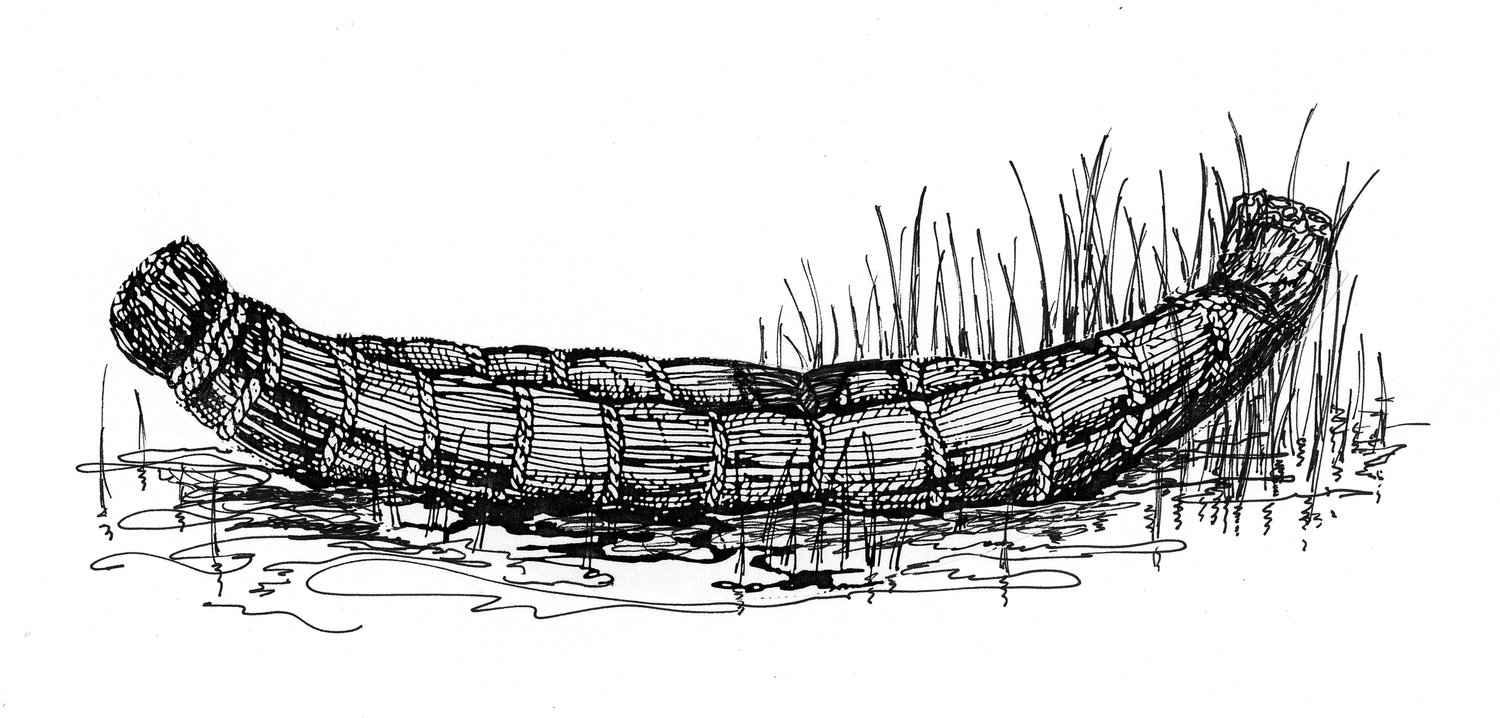“Are these people extinct?”
Yes, that’s what I heard a man’s voice say behind my left shoulder as I sat demonstrating Ohlone basket weaving at the Christmas in the Adobes event last Saturday evening. In all fairness, he had just entered the room and stopped at my first of three tables of cultural displays. He obviously had not yet noticed signage on the table in front of him that read: Rumsen Ohlone Tribal Community — We Are Still Here.
I was stunned to hear such a comment in the 21st century — hadn’t that notion disappeared long ago? Next, I thought an archaeologist friend must have returned and decided to play a trick on me by saying something obviously outrageous. “Ha-ha, you got me,” I thought. But when I turned toward the voice, I found that it wasn’t my friend at all, but a random visitor who sincerely wondered if the indigenous people connected to these baskets and abalone necklaces still existed.
We talked and I was able to assure him that we are not extinct — that we are still here, there are many of us, and that I had made the baskets and abalone necklaces and beautiful ear ornaments, the clapper sticks and deer hoof rattle on the tables in front of him. Our language and culture are not dead. I told him about our website — RumsenOhlone.com — where he can learn more.
His unexpected and shocking question made me realize why I had spent hours packing and setting up, had driven to downtown Monterey in a crazy rainstorm, and spent two evenings in a cold historic building instead of staying warm at home on those cold, stormy nights. If we don’t want to be invisible to the outside world, we must take time out of our busy lives to be cultural ambassadors, letting people know that, yes, we are still here, keeping our culture, our community spirit, and the memory of our ancestors alive.
